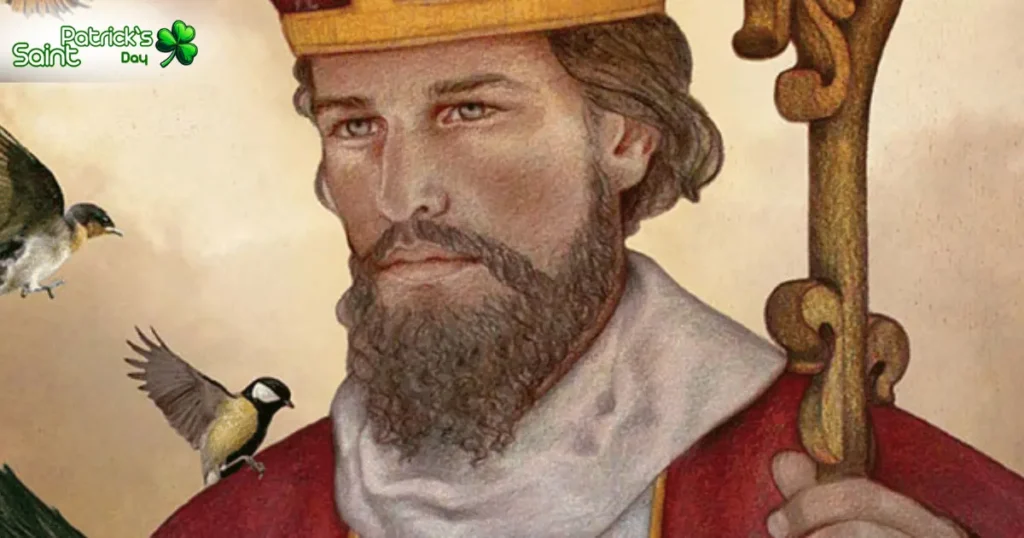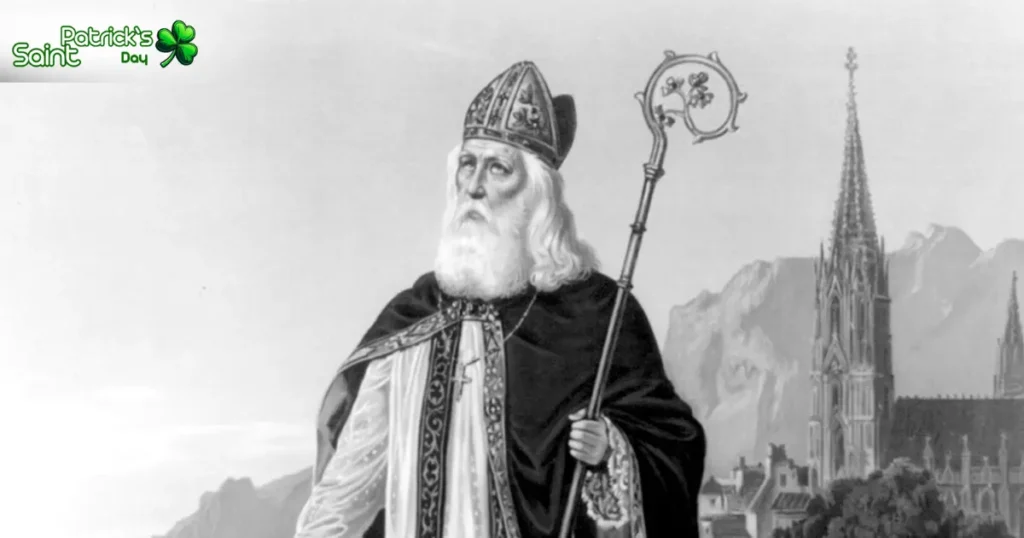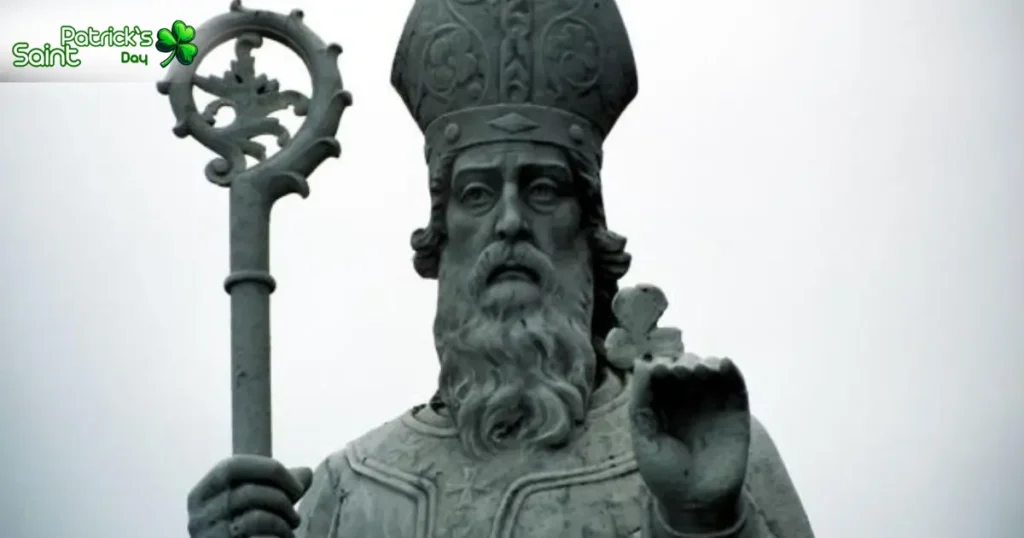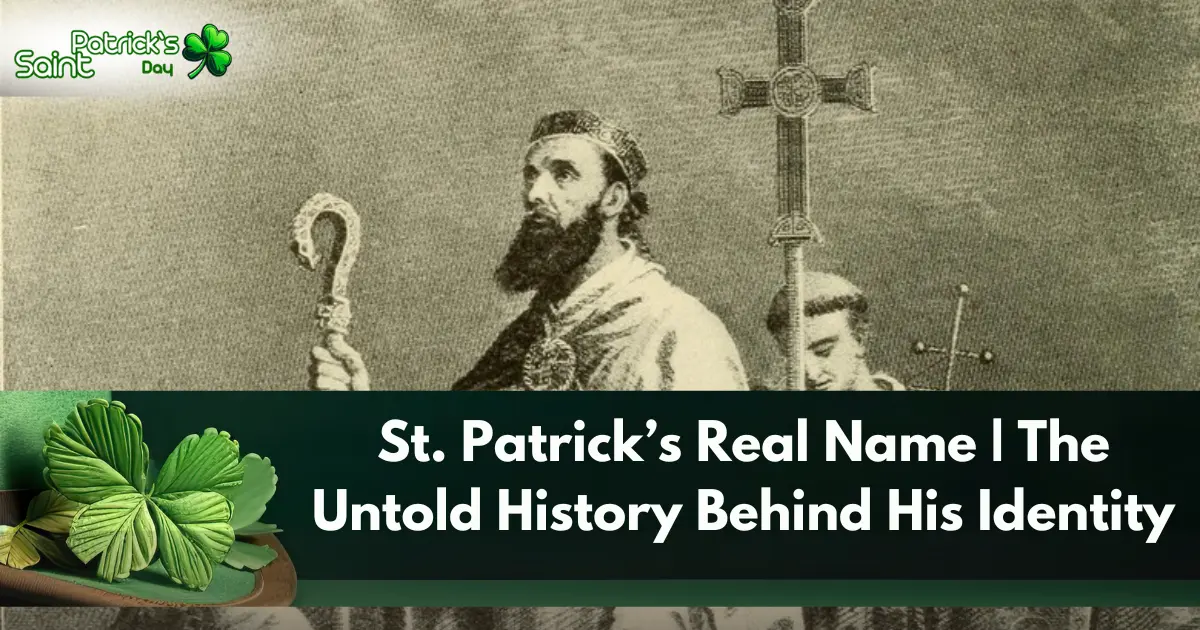St. Patrick’s real name was Maewyn Succat, a name rarely mentioned in modern celebrations. Born in Roman Britain around 385 AD, he later adopted the Latin name Patricius (Patrick) after becoming a Christian missionary. But why did he change his name, and what is the historical significance behind it?
Who Was St. Patrick?

St. Patrick’s Birth Name: Maewyn Succat
St. Patrick was originally named Maewyn Succat, a Celtic name common in Roman Britain. Historians believe he was born into a Romanized family, likely in Wales or Scotland, under the rule of the Roman Empire.
- His father, Calpurnius, was a Roman-British official and a deacon.
- His grandfather, Potitus, was also a priest, indicating a religious background.
- Despite his family’s Christian roots, Maewyn Succat did not strongly practice his faith during his early years.
Why Did St. Patrick Change His Name?
The transformation from Maewyn Succat to Patricius (Patrick) happened after he became a missionary. The name Patricius in Latin means “nobleman” or “father figure”, aligning with his religious role.
- He changed his name after escaping captivity in Ireland and studying Christianity in France.
- The name Patricius (Patrick) symbolized his new mission: spreading Christianity in Ireland.
- Latin names were common among Christian missionaries, as they carried authority in the Roman world.
Captivity in Ireland: A Turning Point
At 16 years old, Maewyn Succat was kidnapped by Irish raiders and sold into slavery. This event marked a major transformation in his life:
- He worked as a shepherd in Ireland for six years.
- During his captivity, he turned to Christianity for guidance.
- He later claimed that God spoke to him in a dream, leading to his escape.
After escaping back to Britain, he decided to become a priest, leading to his new name, Patricius (Patrick).
Quick Facts About St. Patrick’s Name
| Name | Meaning | Reason for Change |
|---|---|---|
| Maewyn Succat | Celtic name, meaning unknown | Given at birth in Roman Britain |
| Patricius (Patrick) | Latin for “nobleman” | Chosen after becoming a Christian missionary |
St. Patrick’s Journey

How Did Maewyn Succat Become St. Patrick?
After escaping slavery and returning to Britain, Maewyn Succat felt a strong calling to spread Christianity. He traveled to Gaul (modern-day France), where he trained under St. Germanus of Auxerre, a well-known bishop.
Key Events in His Transformation:
- He studied theology and Latin, which influenced his name change to Patricius (Patrick).
- He was ordained as a priest and later became a bishop.
- He had a vision in which the people of Ireland called him back to convert them to Christianity.
This divine mission led him back to Ireland, where he became the most influential religious figure in the country’s history.
Historical Evidence of St. Patrick’s Real Name
Many historical texts and religious records confirm that St. Patrick’s original name was Maewyn Succat. His writings, particularly the “Confessio”, provide insight into his early life and missionary work.
Sources Confirming His Real Name:
- St. Patrick’s “Confessio” – An autobiographical work where he describes his early life and conversion.
- The Book of Armagh – A medieval manuscript detailing his journey and original name.
- Annals of Ulster – A historical record mentioning his life and contributions to Ireland.
Even though Maewyn Succat was his birth name, his title as Patricius (Patrick) became widely recognized due to his religious influence.
Why Is St. Patrick’s Real Name Less Known Today?
Despite being historically documented, Maewyn Succat is rarely mentioned in modern discussions about St. Patrick. This is because:
✅ His Latin name “Patricius” became more prestigious among Christian missionaries.
✅ His influence as a saint overshadowed his early life details.
✅ The Irish Church promoted “Patrick” as his formal name for religious recognition.
Over time, St. Patrick’s Latin name replaced his Celtic birth name, making it the primary identity used worldwide.
St. Patrick’s Name Evolution
| Stage of Life | Name Used | Significance |
|---|---|---|
| Birth | Maewyn Succat | Given by his Roman-British family |
| Missionary Training | Patricius (Patrick) | Chosen for its Latin prestige |
| After Death | St. Patrick | Honored as Ireland’s patron saint |
St. Patrick’s Legacy

How Did St. Patrick Influence Ireland?
St. Patrick, originally Maewyn Succat, became the most celebrated religious figure in Irish history. His missionary work transformed Ireland, and his influence remains strong to this day.
Key Contributions:
✅ Converted thousands of Irish people to Christianity.
✅ Established churches, schools, and monasteries across Ireland.
✅ Used the shamrock to explain the Christian Holy Trinity.
✅ Opposed slavery, inspired by his own experience as a captive.
Even though he was not the first Christian in Ireland, he solidified Christianity’s presence and helped shape the nation’s religious identity.
Why Is St. Patrick’s Name Celebrated Every Year?
The name St. Patrick became legendary due to the widespread celebration of St. Patrick’s Day on March 17—the date of his death.
Reasons His Name Became So Famous:
📌 Irish Influence Worldwide – Irish immigrants spread his legacy to the U.S., Canada, Australia, and beyond.
📌 St. Patrick’s Day Parades – The first St. Patrick’s Day parade took place in the U.S. in 1737.
📌 Religious and Cultural Symbol – St. Patrick represents faith, heritage, and Irish pride.
📌 The Mythology Around Him – Stories such as banishing snakes from Ireland (though symbolic) enhanced his fame.
Even centuries later, his name is honored globally, and his influence remains strong.
Common Misconceptions About St. Patrick’s Name
Many people mistakenly believe St. Patrick was born in Ireland, but he was actually born in Roman Britain. Here are some other common myths:
❌ His birth name was Patrick.
✅ Incorrect – His birth name was Maewyn Succat, later changed to Patricius (Patrick).
❌ He introduced Christianity to Ireland.
✅ Partially true – Christianity existed in Ireland before him, but he greatly expanded it.
❌ Patrick was his last name.
✅ Incorrect – “Patrick” is a title meaning “nobleman”, not a surname.
Myths vs. Facts About St. Patrick
| Myth | Truth |
|---|---|
| St. Patrick was Irish. | He was born in Roman Britain. |
| Patrick was his birth name. | His birth name was Maewyn Succat. |
| He brought Christianity to Ireland. | Christianity was already present; he helped spread it. |
| He drove snakes out of Ireland. | Ireland never had snakes; this is a symbolic story. |
Conclusion
Although Maewyn Succat was his original name, the world knows him as St. Patrick. His story reflects resilience, faith, and transformation, making him one of the most significant figures in Irish history.
🔹 His real name is rarely mentioned, but his legacy endures.
🔹 His influence shaped Ireland’s religious and cultural identity.
🔹 His name is honored globally, proving the power of history and faith.
FAQs
Maewyn Succat
To adopt a Latin Christian identity.
No, he was born in Roman Britain.
Helped spread Christianity and established churches
To honor his contributions to Ireland.

